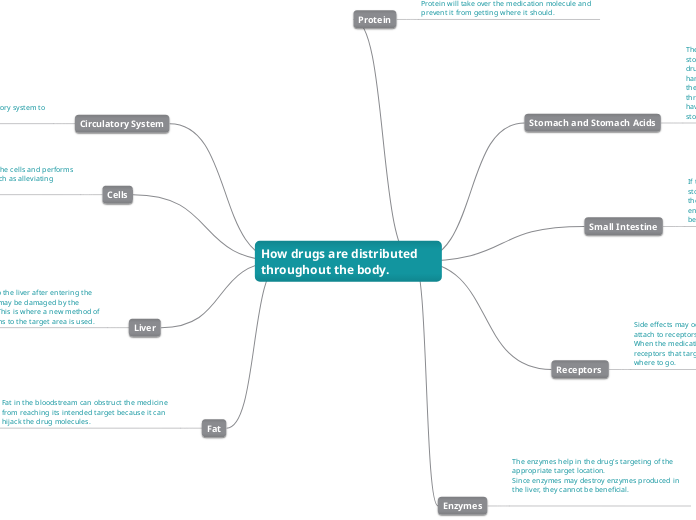How drugs are distributed throughout the body.
Protein
Protein will take over the medication molecule and prevent it from getting where it should.
Stomach and Stomach Acids
The medication is absorbed in the stomach via stomach acid. The abdominal lining absorbs the drug into the body. The stomach, on the other hand, has the potential to destroy the drug. This is the stage at which the medicine is administered through inhalation or injection. The medicine must have a tiny enough molecule to be absorbed by the stomach lining.
Small Intestine
If the drug does not entirely dissolve in the stomach, it goes to the small intestine to complete the process. The medicine molecules must be small enough to pass through the lining of the colon and be absorbed.
Receptors
Side effects may occur when medication molecules attach to receptors that are not the intended target. When the medication molecules bind to the receptors that target the organ, the drugs know where to go.
Enzymes
The enzymes help in the drug's targeting of the appropriate target location.
Since enzymes may destroy enzymes produced in the liver, they cannot be beneficial.
Circulatory System
The drug passes through the circulatory system to the liver and the targeted location.
Cells
The medicine gets eaten by the cells and performs what it is supposed to do, such as alleviating discomfort.
Liver
The medicine goes to the liver after entering the circulation, where it may be damaged by the enzymes produced. This is where a new method of delivering medications to the target area is used.
Fat
Fat in the bloodstream can obstruct the medicine from reaching its intended target because it can hijack the drug molecules.
